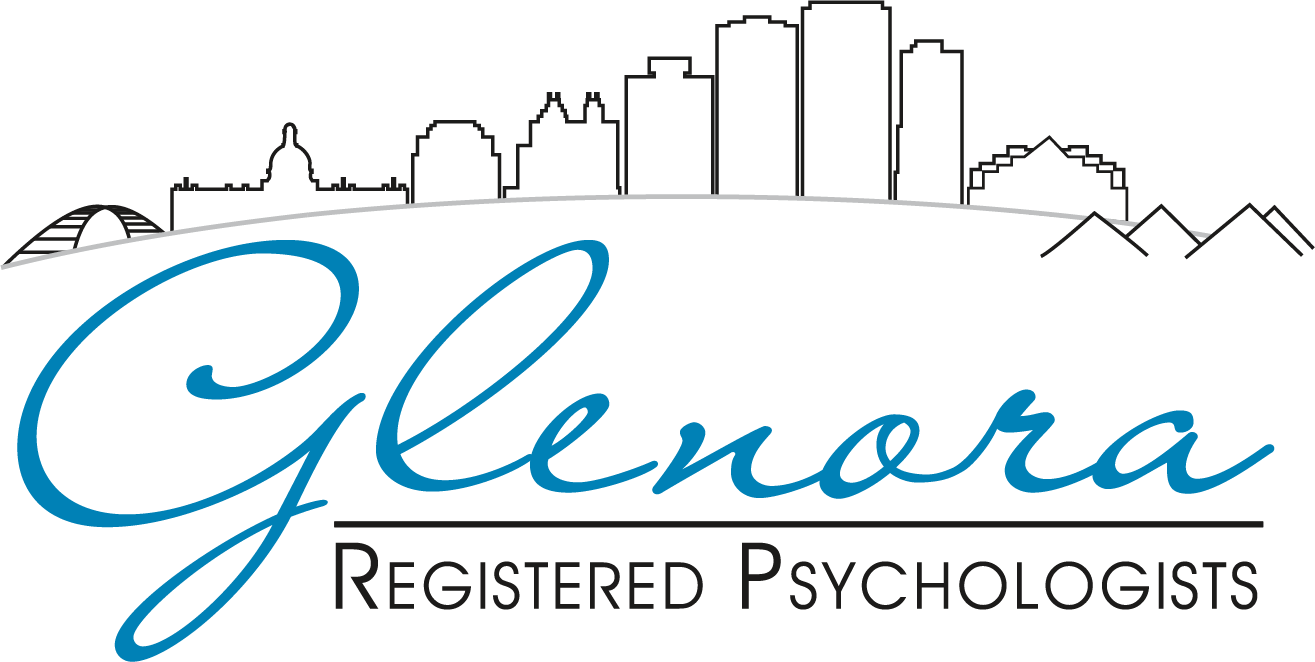Employees are entitled to work in an environment that is free of discrimination, offensive behavior and harassment. While organizations endeavor to provide an environment that supports the achievement of corporate goals, they also recognize each employee’s right to be treated with fairness and dignity. Many organizations publish clear policy statements regarding harassment in the workplace and have well-established procedures for dealing with complaints. Workplace harassment is usually defined as any improper behavior by an employee that is directed at or is offensive to another employee or endangers an employee’s job, undermines the performance of the employee, or threatens the economic livelihood of the employee. Harassment also includes any behavior that demeans, belittles, or causes personal humiliation or embarrassment to the employee. All forms of employment related discrimination that are prohibited by the Canadian Human Rights Act may also be considered as types of harassment, i.e. harassment based on race, national or…
A successful retirement takes more than just enough money. You will likely live a long time after you retire and the most important factor of your retirement is going to be the quality of your life during all of those years. Not only will you need sufficient financial resources to sustain a lifestyle that support your needs and interests, you will also want to be healthy, happy, and engaged in life. Most people look forward to the time when they can leave the structure, responsibility, and demands of their daily work and enjoy the freedom of being able to do what they want to do, when they want to do it. Retirement seems as simple as setting a timeline, quitting work, and receiving your pension. If you want to enjoy the last third of your life, you have to do more than just financially plan for retirement. And this planning…
Most people view gossip as a necessary evil and immediately think of the local busybody who spends most of his/her time spreading half-truths or whispering nasty little tidbits into someone’s ear. While gossip does have its ugly and malicious side, it is much more than that. Gossip is a normal, necessary, and healthy activity and is a vital thread in the fabric of our social world. If you don’t believe this, pay attention to your communications for a day and notice how often you talk about and share personal information about yourself and others with the people you encounter. Notice the popular programs on TV; whether the programs are about movie stars, situational comedies or dramas, or “reality” shows, the focus is on human relationships and interactions. Electronic news programs and newspapers tell us about what is happening among our fellow human beings in our community and in the world….
Many people work in very complex, demanding, and fast-paced work environments. An employee’s work is frequently conducted in relatively confined spaces with several coworkers, and with competing demands from employers, various stakeholders, and the general public. The intricate nature of a work environment can be invigorating and can inspire employees to creatively meet the challenges of their job. On the other hand, many complex work environments can also be susceptible to the damaging effects of workplace conflict. The Potential Costs of Conflict The lack of willingness and/or the inability to effectively manage conflict in the workplace has a detrimental impact on business owners, government organizations, and employees. Unresolved or destructive conflict can cost employers in terms of productivity, sick leave, long-term disability claims, employee resourcefulness, and employee turnover. Most people find conflict difficult to deal with and experience great distress when they are exposed to or involved in conflict with…
Psychology has long studied “ages and stages” we all go through during our lifespan, although social psychologists are now finding interesting differences between the generations. Differences between different “eras” of workers can lead to differing work and managerial styles, as well as to conflict in the workplace. Keeping in mind that any study of ages/stages or group characteristics speak in general terms, and exceptions are the norm. The following chart illustrates some key differences in work ethics and values within the work place: Traditionalists 1925-1945 Baby boomers 1946-1960 Generation X 1961-1980 Millennials 1981 – present PracticalPatient, loyal, and hardworking Respectful of authority Rule followers OptimisticTeamwork and cooperation Ambitious Workaholic ScepticalSelf-reliant Risk-taking Balances work and personal life HopefulMeaningful work Diversity and change valued Technology savvy Each generation is influenced by the social, political and economic times in which they are raised. Examining the above chart shows each generation has positive…
Dr. Stephen Carter, R.Psych. Dr. Shirley Vandersteen, R.Psych. Definition: Workplace bullying is a form of violence in the corporate world. While workplace bullying rarely involves acts of physical aggression, the most extreme form can result in serious physical injury or death. Most adults know that it is a criminal act to physically assault another person so the majority of office bullies use non-physical means to threaten or intimidate subordinates or co-workers. Corporate bullies primarily engage in psychological violence. Workplace bullying is defined as “interpersonal hostility that is deliberate, repeated and sufficiently severe as to harm the targeted person’s health or economic status” (Gary Namie, 2003). Bullying includes those physical and emotional behaviours that are aggressive, often intentional, controlling, and hurtful. These behaviours include verbal or non-verbal forms of communication, deliberate acts of character assassination or sabotage, or other strategic acts of covert or overt hostility. Bullying creates a climate of…


